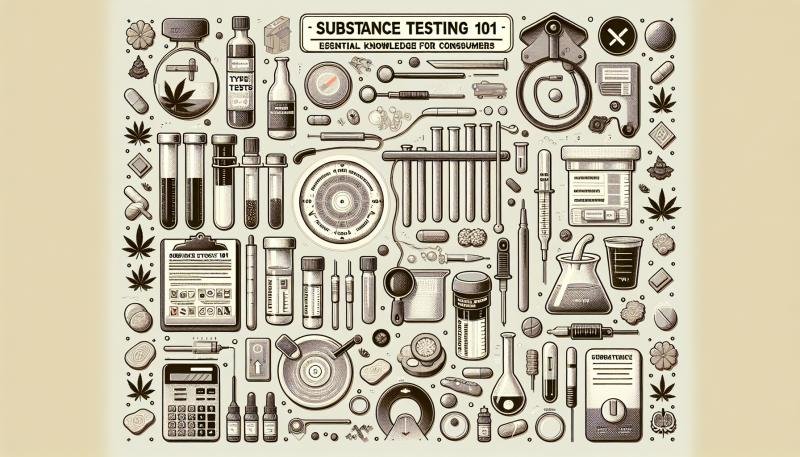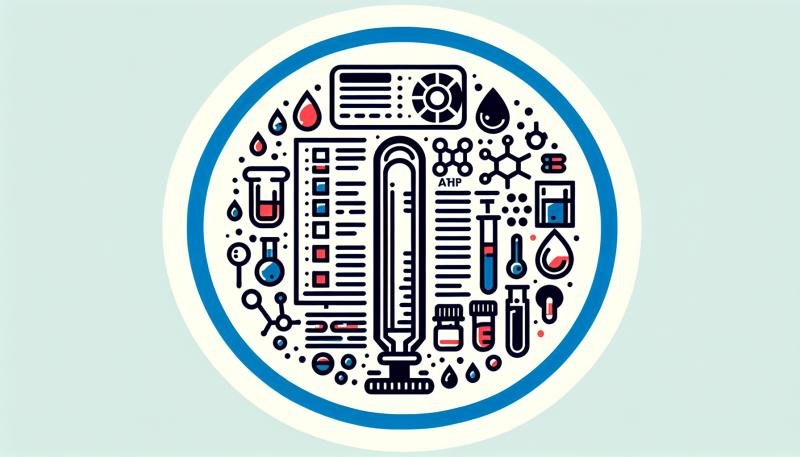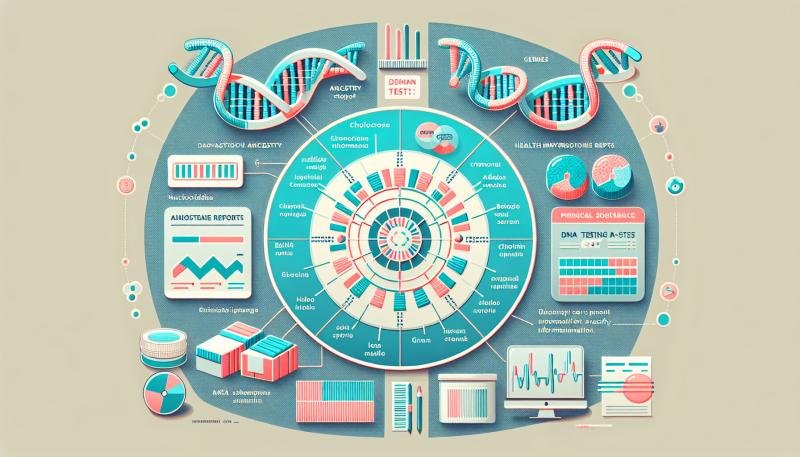In today�s fast-paced world, alcohol and drug screenings have become integral components for ensuring safety and accountability in various spheres, particularly in workplace environments. Understanding the nuances of these screenings, including the common substances tested, is crucial for individuals and businesses alike. IMS Screening Solutions, a leader in providing comprehensive screening services, highlights the importance of gaining insight into what these tests entail, allowing individuals to navigate them with confidence and clarity. What Are Alcohol and Drug Screenings? Alcohol and drug screenings are tests conducted to detect the presence of substances in a person’s body. These tests are often required by employers, legal systems, or healthcare providers to ensure a person is not under the influence of or addicted to certain substances. While there are numerous types of screenings, the most common are urine, blood, saliva, and hair tests. Types of Tests Understanding the type of test used is crucial, as each comes with its advantages and specific detection windows. Common Substances Tested The substances tested in alcohol and drug screenings can vary greatly, depending on the context and requirements of the test. Here are some of the most commonly screened substances: Alcohol Alcohol is one of the most frequently tested substances, especially in workplace screenings. Breath alcohol tests are common, but blood alcohol content (BAC) can also be measured. Employers may require testing post-accident or randomly, depending on company policies. Marijuana (THC) Tetrahydrocannabinol (THC) is the psychoactive component of cannabis. With the evolving legalization landscape, THC is still commonly screened, particularly where it remains illegal or for roles requiring high safety standards. Cocaine Cocaine is a powerful stimulant drug that is usually screened due to its high potential for abuse and addiction. It is crucial for industries where safety is paramount, such as aviation or heavy machinery operations. Opioids The opioid crisis has heightened the need for regular screenings in many sectors to prevent misuse and ensure safety. Amphetamines This class of substances includes illicit drugs such as methamphetamine as well as medications like Adderall and Ritalin. Given their stimulating properties, they are critical to screen for, particularly in environments requiring focus and precision. Benzodiazepines Prescribed for anxiety and insomnia, benzodiazepines like Valium and Xanax are commonly tested due to their sedative effects, which can impair cognitive and motor functions. Barbiturates Though less commonly prescribed today, barbiturates are tested for their potential to cause significant sedation and their high risk of overdose. Phencyclidine (PCP) Known for its dissociative effects and potential to cause unpredictable behavior, PCP continues to be a drug of concern, necessitating its inclusion in many screening panels. Factors Influencing Test Results Navigating the specifics of drug and alcohol screenings goes beyond merely knowing which substances are tested. Understanding influencing factors such as detection windows, false positives, and individual metabolism is key for preparedness. Detection Windows Detection windows vary by substance and test type. For instance, THC may be detectable in urine for several weeks in chronic users, whereas cocaine is typically detectable for up to three days in urine. Hair tests can reveal drug use over a much longer period than blood or urine tests. False Positives In certain cases, other substances or medications can cause false positives. For example, consuming poppy seeds might result in a positive test for opioids, given the trace amounts of morphine. Individuals undergoing screenings should disclose any medications or diet specifics to preempt potential discrepancies. Individual Metabolism An individual�s metabolism can affect how quickly a substance is processed and eliminated from the body. Factors such as age, body mass, genetics, overall health, and others can be influential. Therefore, two individuals may have different detection windows for the same substance. Importance of Understanding Screenings The value of understanding alcohol and drug screenings can�t be overstated. For individual consumers, it ensures preparedness and compliance, while for employers, it protects workplace integrity and safety. Solutions from providers like IMS Screening Solutions help streamline this process, providing accurate, reliable insights tailored for both individuals and organizations. By leveraging professional services, individuals can confidently address the requirements and expectations associated with these screenings. In conclusion, understanding what is involved in alcohol and drug screenings�such as the substances frequently tested and the implications of these tests�empowers individuals to navigate these requirements expertly. With reliable screening services and a grasp of critical testing aspects, both individuals and businesses are better equipped to foster safer, compliant environments.






